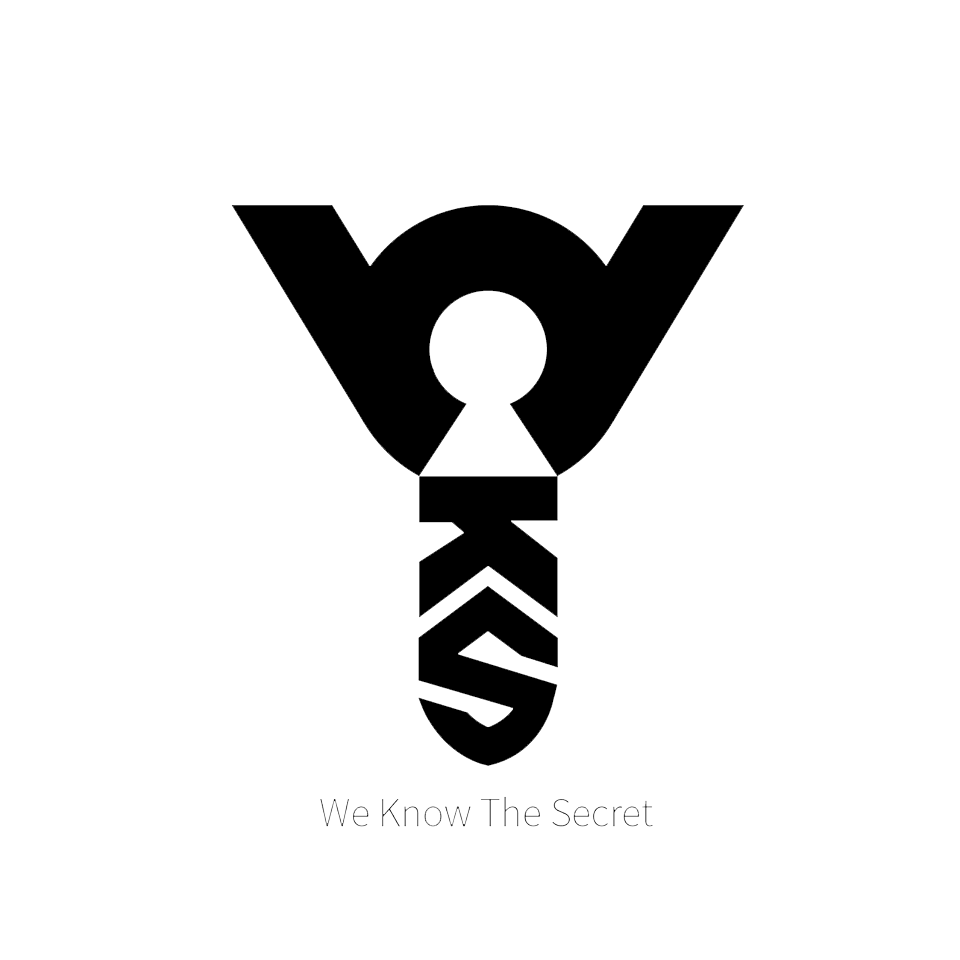
Music is now more accessible than ever in the digital age. However, using music in different projects is frequently restricted due to copyright issues. Thankfully, a rising number of songs are available without any copyright limitations. This article will discuss the idea of copyright-free music and how it can be used in different creative projects. It will also cover royalty-free and Creative Commons-licensed music.
- Understanding Copyright and Its Restrictions
- Royalty-Free Music
- Creative Commons-licensed Music
- Where to Find Copyright-Free Music
- Utilizing Copyright-Free Music
A creative work’s copyright is a legal privilege that gives its owner the authority to duplicate, distribute, and exhibit the work. Its purpose is to safeguard the uniqueness and inventiveness of musicians, artists, and other innovators. Even though copyright is crucial for protecting intellectual property, it occasionally makes it more difficult to use music in specific projects.
Generally, to use music protected by copyright in commercial endeavors or public performances, one must obtain a license or authorization from the copyright owner. Usually, this entails paying a license or royalties. For people looking for freely downloadable music, there are other sources accessible.

Music licensed for unrestricted use without requiring regular royalties or other payments is referred to as royalty-free music. For professionals like filmmakers, YouTubers, content creators, and others who need music for their work but don’t want to worry about copyright constraints, it provides an easy and cost-effective solution.
Royalty-free music is available from several sources, such as music marketplaces, stock music libraries, and internet platforms. With the variety of genres and styles available on these platforms, users can look for and choose music that best fits their requirements. Royalty-free music gives the user the unlimited right to use it, but usually demands a one-time payment.
An alternative to copyright that permits authors to share their work with specific permissions and limitations is the Creative Commons (CC) license. Music released under a Creative Commons license (CC license) allows users to use, distribute, and modify the music legally and freely as long as they abide by the license’s specific requirements.
Creative Commons licenses come in a variety of forms, each with unique limitations and freedoms. For instance, attribution may be required by certain CC licenses, which means the user has to give the original artist credit. While some could prohibit remixing or commercial use, others might let it. Before using or altering the music, be sure you have read and comprehended the rules of the Creative Commons license.
1-Royalty-Free Music Libraries: Websites like AudioJungle, Epidemic Sound, and PremiumBeat offer a vast collection of royalty-free music for different purposes. These libraries allow users to search for music based on genre, mood, tempo, and instrumentation.
2-Creative Commons Platforms: Platforms such as Jamendo, Free Music Archive, and ccMixter provide access to Creative Commons-licensed music. These platforms offer a diverse range of music independent artists create, allowing users to discover unique and original compositions.
3-YouTube Audio Library: YouTube has an audio library offering a wide selection of copyright-free music. This resource is particularly useful for content creators who publish their work on the platform, as it simplifies the process of finding music that can be used without copyright issues.
4-SoundCloud: While not all music on SoundCloud is copyright-free, many artists choose to release their work under Creative Commons licenses. Users can explore various genres and search for music using the platform’s filtering options to find music suitable for their projects.
1-Videos and Films: Films and videos can be improved by using royalty-free and Creative Commons-licensed music, which adds background sound to go along with the images and improves the viewing experience. A YouTube video, documentary, or short film can all benefit from the emotional and nuanced storytelling that copyright-free music brings to the narrative.
2-Podcasts and Radio Shows: Music plays a vital role in podcasts and radio shows, setting the mood and creating transitions between different segments. Utilizing copyright-free music allows podcasters and radio hosts to incorporate music without having to worry about copyright infringement.
3-Presentations and Slideshows: Adding music to presentations and slideshows can make them more engaging and memorable. Copyright-free music provides an opportunity to enhance the visual content with appropriate and legally usable music.
4-Background Music for Websites and Apps: Background music enhances the user experience of websites and apps and is often beneficial. You can utilize music that isn’t protected by copyright to add to the atmosphere and draw guests in without breaking any copyright regulations.
5-Personal Projects: People can express their creativity without worrying about legal ramifications while using copyright-free music for their artistic efforts, home movies, or personal videos. It offers a chance to add distinctive and engrossing soundtracks that are precisely in line with the project’s vision.


